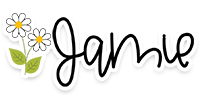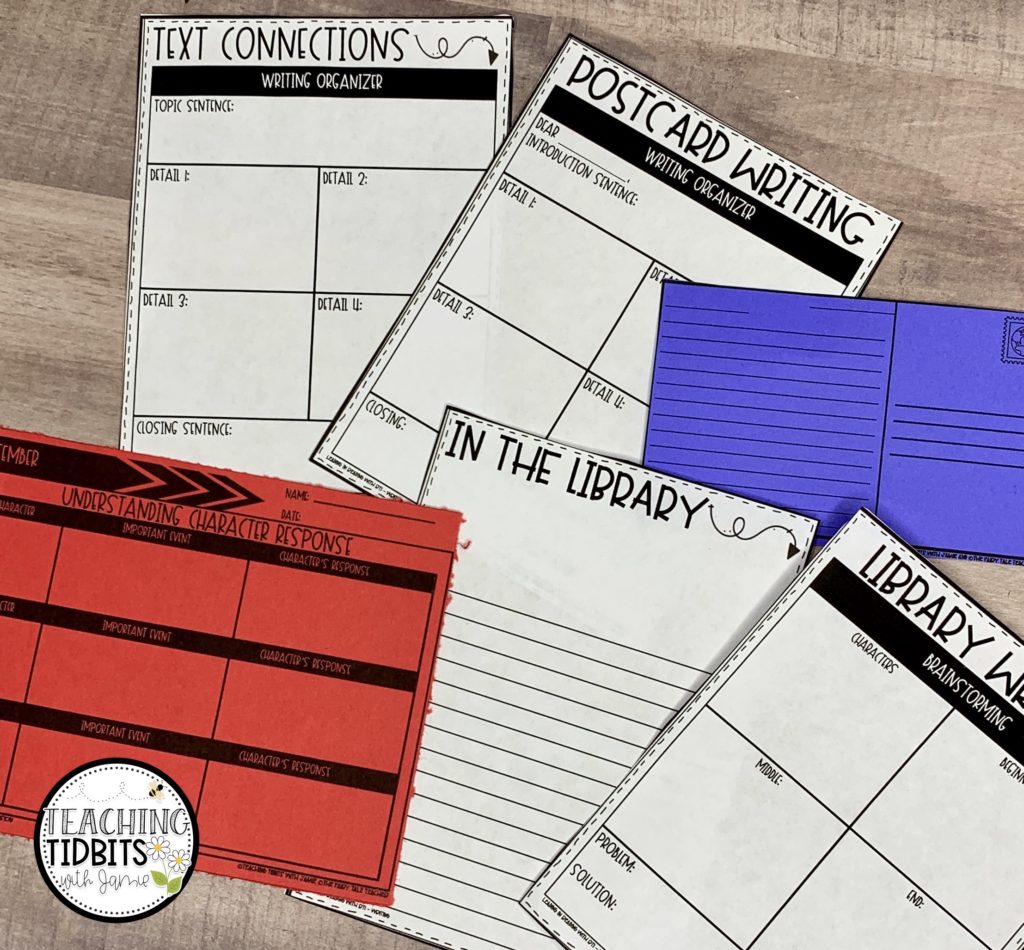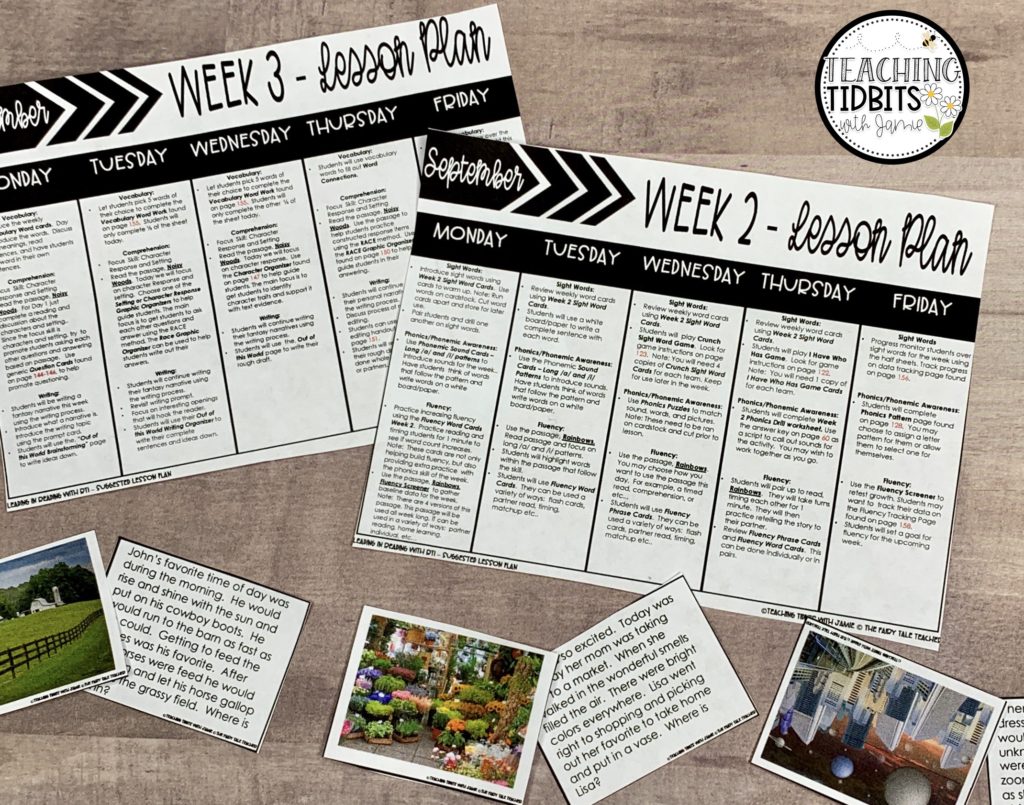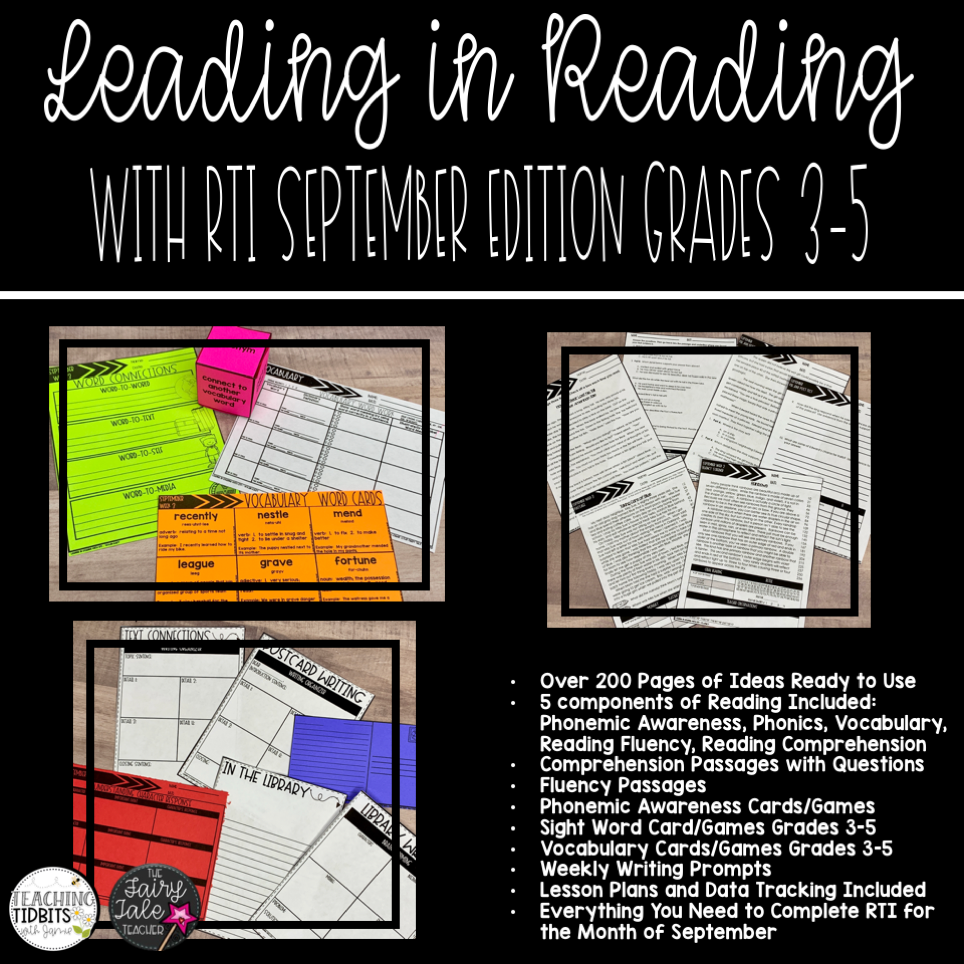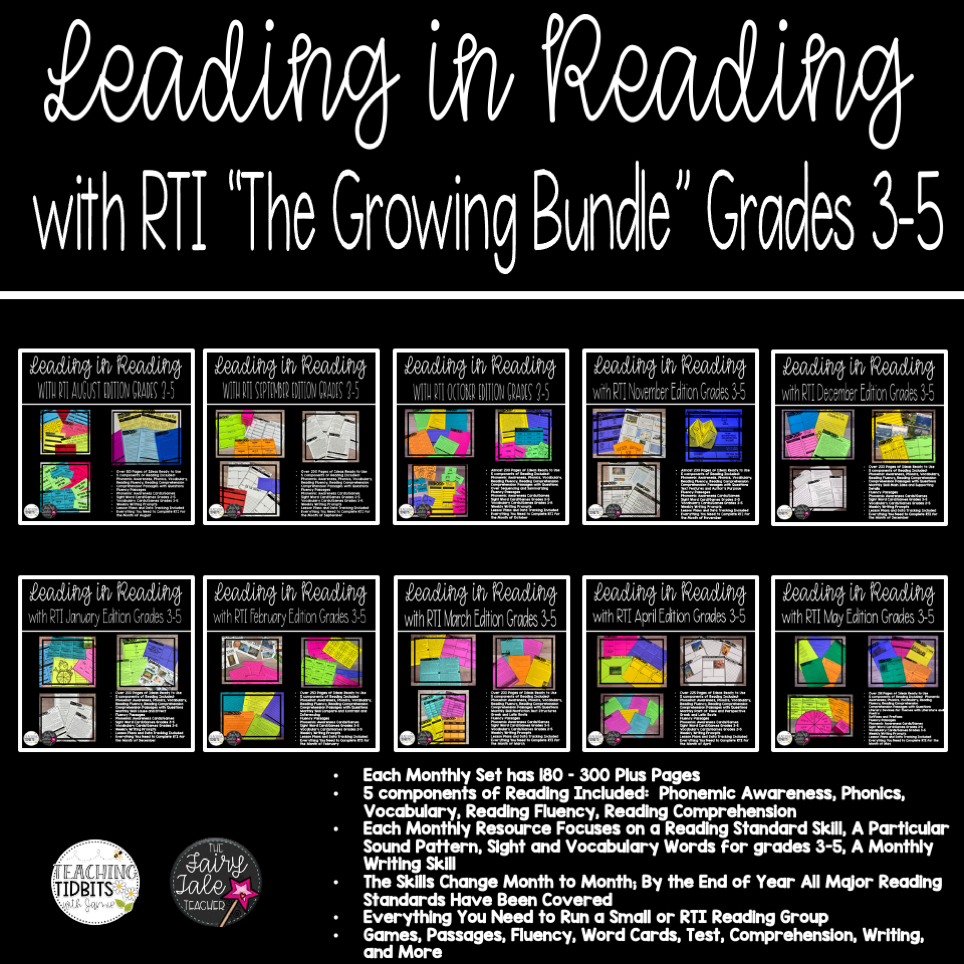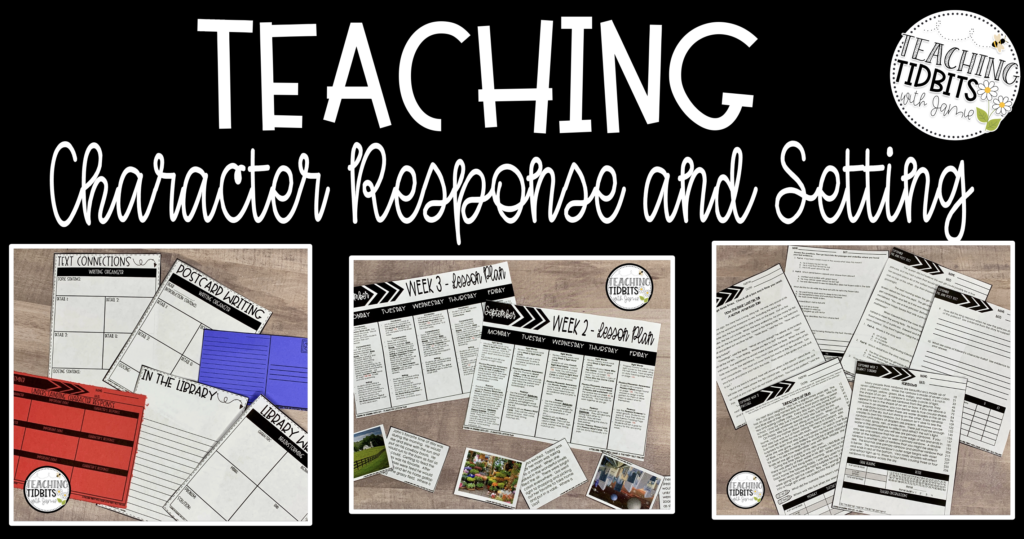
How to Teach Kids About Character Responses and Settings
When you are reading or writing, it’s important to be able to draw conclusions about the characters and about the setting of the story. A student may be asked to read something and then answer questions or they need to be able to take a passage they read and write out an answer. Both skills are important! I wanted to share some tips on how you can teach your kids about character responses and setting.
Understanding the Setting
An important part of reading a book or writing a story is understanding the setting. When a child is reading a really good story, a setting is going to unfold before them. A student needs to be able to read that story and eventually be able to explain the setting. A setting is also important when a student is writing. A story cannot be complete without a setting.
What is the setting? When you are teaching kids how to write a setting, you’ll find it important that they know what a setting is. A setting is a time and geographic location in a story. The setting is an important part of any literary element.
Understanding Character Responses
As a child’s reading and writing skills develop, their ability to understand character responses also happens. When a student is reading a book, they need the skill level of being able to understand a character’s response.
The really cool thing about a character’s response is that it can tell you a whole lot about the character himself. An author can’t always go through and tell you about a character’s personality. In fact, a lot of times, you get that information by reading the story and drawing conclusions.
A character response is what a character may do in response to what happened to them in the story. As you dive deeper into understanding what a character response is and how to teach you, you’ll understand that the challenge is what happens in the story to cause problems for the character.
The response is what action the character ended up taking as a response to the challenge. A good example of a character response it is hot outside and no one knows what to do, so the character jumps in the very cold pool.
Ideas for Teaching Character Responses
As you teach character response, you may be wondering a few ideas on how to teach this skill. I want to walk you through some of these ideas!
- Read a story out loud and ask your students questions about the characters in the story. You will need to ask specific questions about the characters and what challenges the characters faced in the story. How did the character deal with the issue? What happened to the character as a result of the issue?
- Model character responses to your students. Some children learn best when they are given examples or modeled character responses. You can always switch up the examples that you model.
- Practice on their own. Students are going to learn character responses better when they can practice on their own. Allow your students to come up with some character response ideas/solutions on their own.
Ideas for Teaching About Settings
One of the best skills a student can learn throughout their time in school is about settings. As we learned earlier, a setting is a vital party of any literary piece. Here are some ideas for teaching about settings.
- Give a story with and without a setting. It’s best if kids can understand what a story sounds like without a setting. There is a big difference.
- Leave the setting out. Go ahead and leave the setting out of a story that you are reading, so students can understand the importance of it in a story.
- Teach them the impact of a setting. Students need to know that the setting impacts the story itself and the characters in the story.
Would you be interested in teaching character responses and setting together? If so, you can check out my Leading & Reading packet on Teachers Pay Teachers. It focuses on teaching character responses and setting. You can purchase this pack here. The packet also builds on other skills as well as sight words, fluency, phonemic awareness, comprehension, and vocabulary, plus writing!
We also have a bundle that includes August – May. Each month teaching a particular skill and progressing as the year moves along. You can check that bundle out on Teacher’s Pay Teachers or on this website by clicking on the picture.
